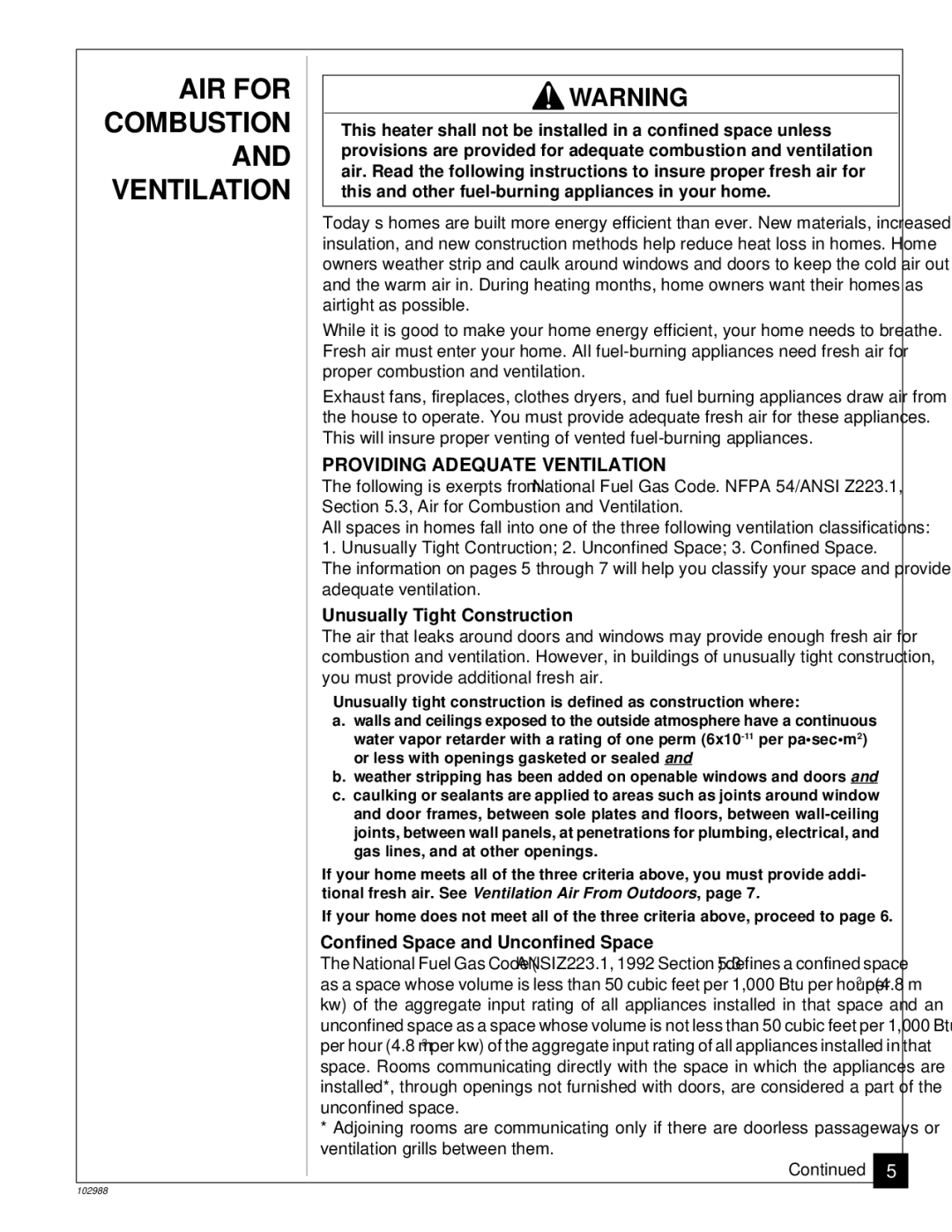CGS2718N specifications
Desa CGS2718N is an innovative gas stove designed to enhance cooking efficiency and convenience in modern kitchens. This versatile appliance combines advanced technology with thoughtful design, catering to the needs of both amateur cooks and professional chefs.One of the standout features of the CGS2718N is its powerful burners. Equipped with multiple high-efficiency burners, it ensures even heat distribution for optimal cooking results. The stove supports high-temperature cooking which is essential for tasks such as searing meats or achieving a perfect stir-fry. The burners also feature adjustable flame control, allowing users to customize heat levels with precision.
In terms of design, the CGS2718N boasts a sleek and modern aesthetic that fits seamlessly into various kitchen styles. The stainless steel surface is easy to clean and resistant to stains, ensuring that the stove maintains its elegant appearance over time. Its compact size makes it ideal for kitchens with limited space, while still providing ample cooking area.
Another notable characteristic of the CGS2718N is its safety features, which include flame failure devices that automatically shut off the gas supply if a flame is extinguished. This ensures peace of mind for families, especially in households with children or pets. Moreover, the stove is equipped with an ignition system that provides a reliable spark for easy, quick lighting without the need for matches.
The CGS2718N also includes a convenient stovetop configuration, allowing users to position pots and pans of different sizes easily. The grates are designed for stability, enhancing safety and usability. Additionally, the stove’s compatibility with various cooking methods makes it a versatile choice for any culinary enthusiast.
In conclusion, Desa CGS2718N combines high performance, user-friendly design, and safety features to meet the needs of today's cooks. Its advanced burner technology, combined with a stylish appearance and practical safety measures, positions it as a valuable addition to any kitchen. Whether for everyday meals or gourmet cooking, the Desa CGS2718N delivers exceptional results and a satisfying cooking experience.

